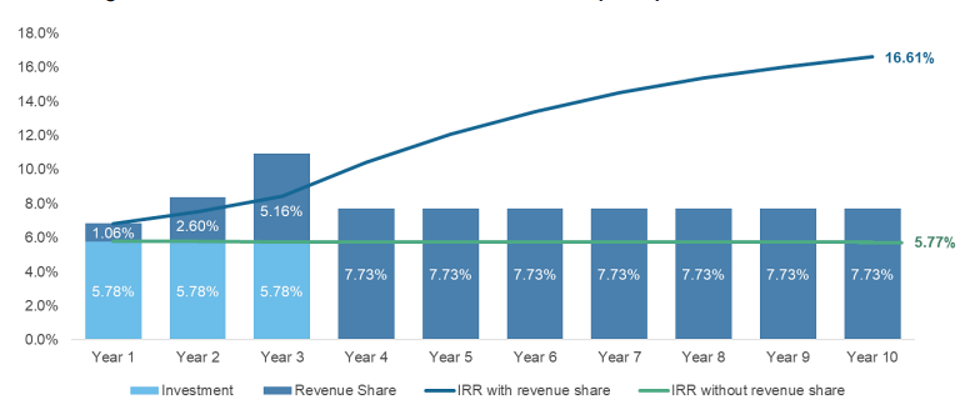White Papers
The Benefits Of "Seeding" Hedge Funds – Study

Prior to 2000, hedge funds were typically incubated within banks or seeded by wealthy individuals. After the financial crash of 2008, institutional investors and consultants have become more important players in the market.
The business of putting “seed” money into the world’s hedge fund
industry is an investment space in its own right, according to a
white paper published by Investcorp-Tages, the
investment firm created as a joint venture between Investcorp and
Tages.
An early-stage investment into a hedge fund offers investors the
opportunity to take a stake in the fund itself, thereby allowing
them to directly participate in the management and performance
fee revenues.
The authors of the report, entitled Enhancing Returns: The
Case for Hedge Fund Seeding, said they expect demand for
hedge fund seeding to “grow significantly in the coming
years.”
“There is a strong pipeline of highly talented managers facing
increasingly high barriers to entry. These include immediately
visible increasing regulatory, compliance, and operating costs,
but also more indirect barriers such as rising minimum asset size
requirements from prospective institutional investors,” the
report said.
It noted that the breakeven range in terms of assets under
management for a newly-launched hedge fund currently lies at
around $100 million to $150 million. Seeding or “acceleration
capital investments” can help investors with patient capital to
cut hedge fund investment costs and raise hedge fund
returns.
“In exchange for making a day one investment or early-stage
investment into the manager’s hedge fund, investors can directly
participate in the management and performance fee revenues of a
hedge fund manager’s firm,” it said. “This economic interest is
typically structured as a gross revenue share participation which
allows the investor to receive a percentage of the management and
performance fees earned by the manager without bearing exposure
to the costs of running an asset management firm. This economic
interest is received at no additional cost to making the initial
investment in the manager’s fund.”
The study notes that invested capital is typically subject to a
commitment period of two to three years, during which the
investor may not redeem, unless certain pre-negotiated negative
events have occurred; for example, a predefined loss of
capital.
There is a large gap between hedge fund investing with and
without taking part in the seeding process, as the following
chart illustrates:

Source: Investcorp, Tages